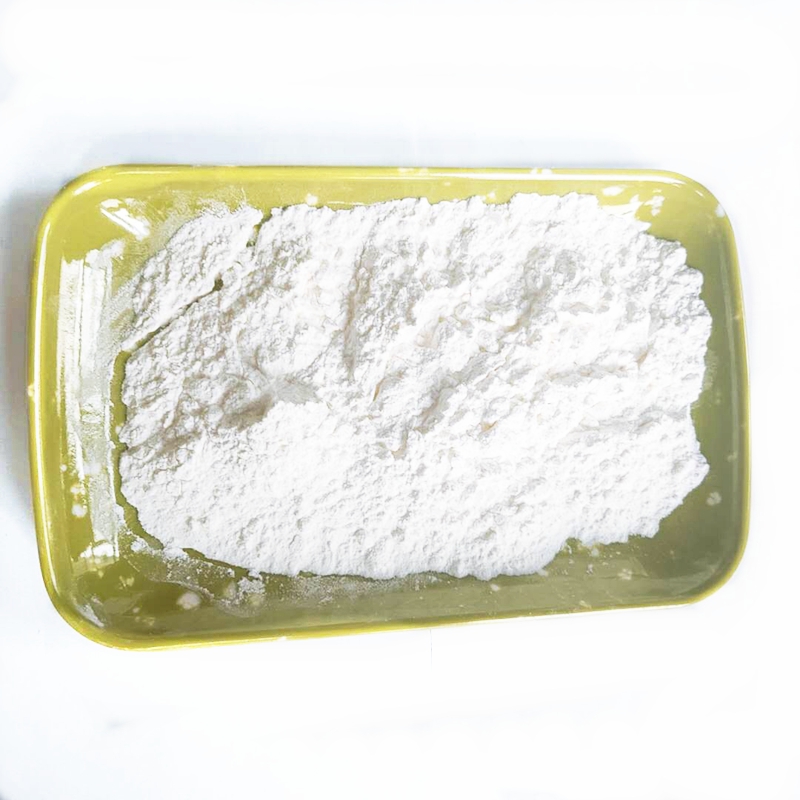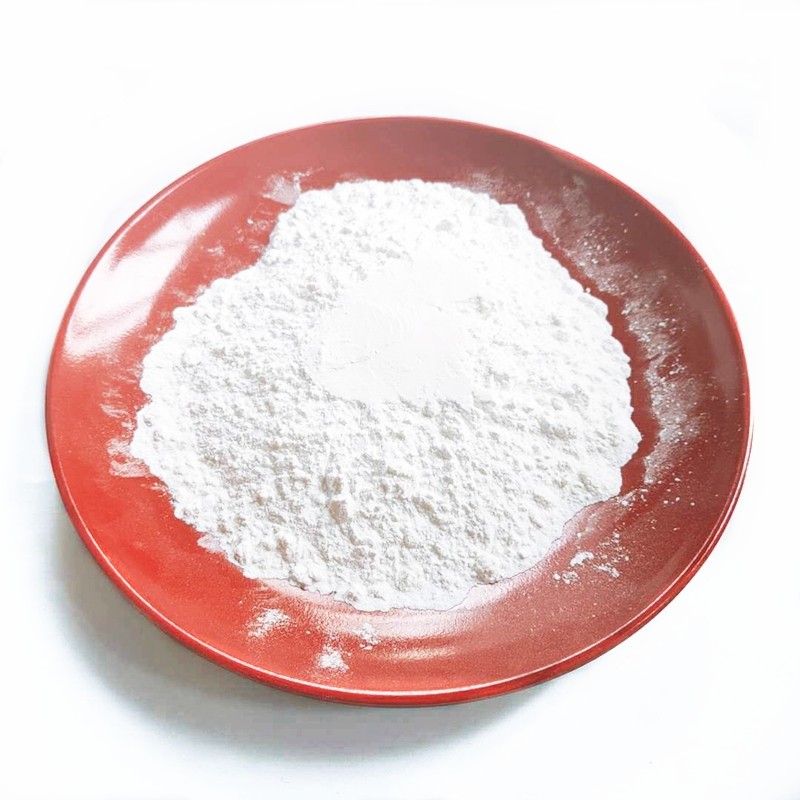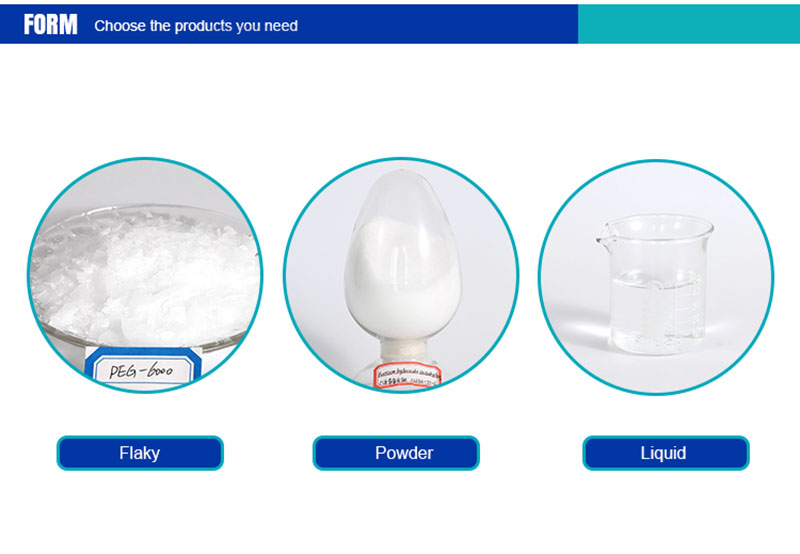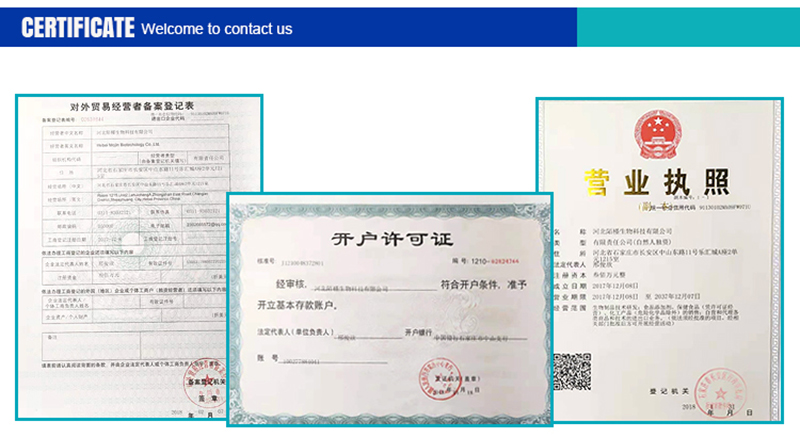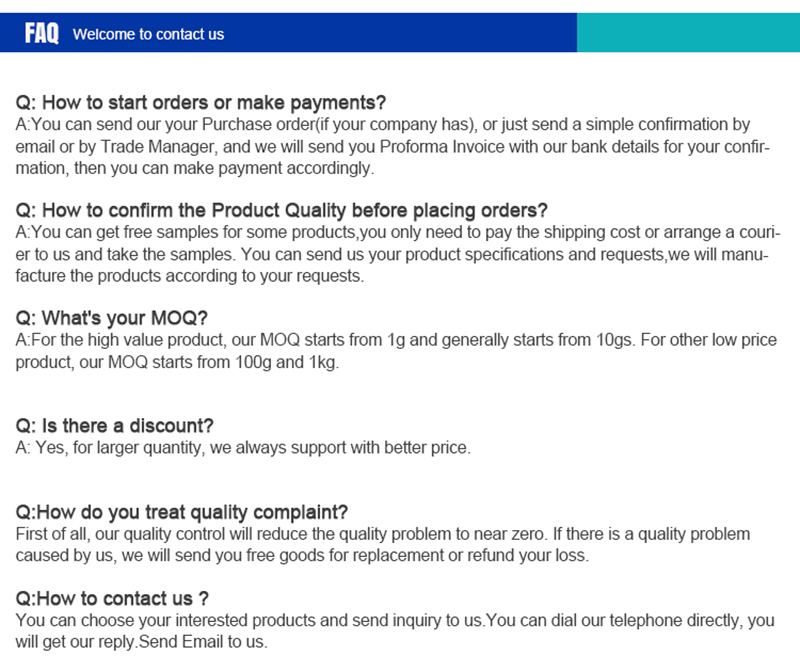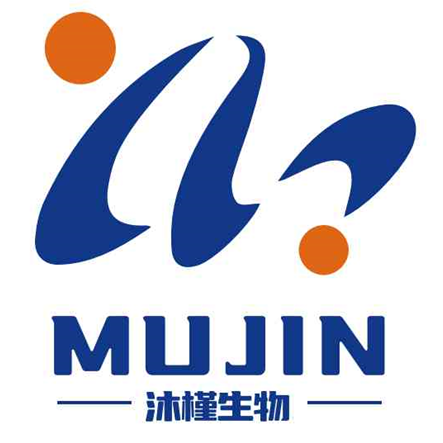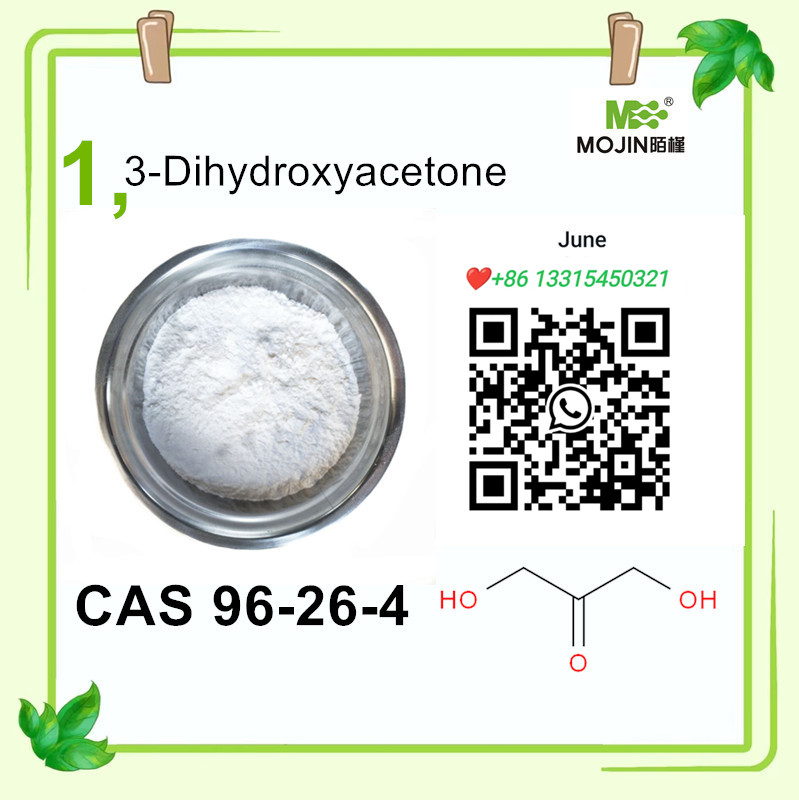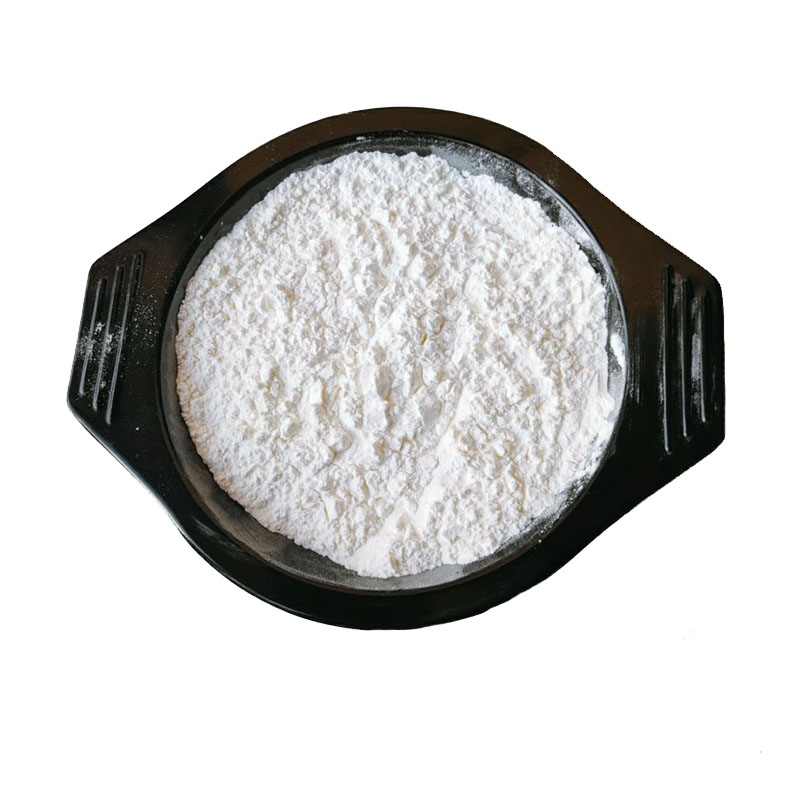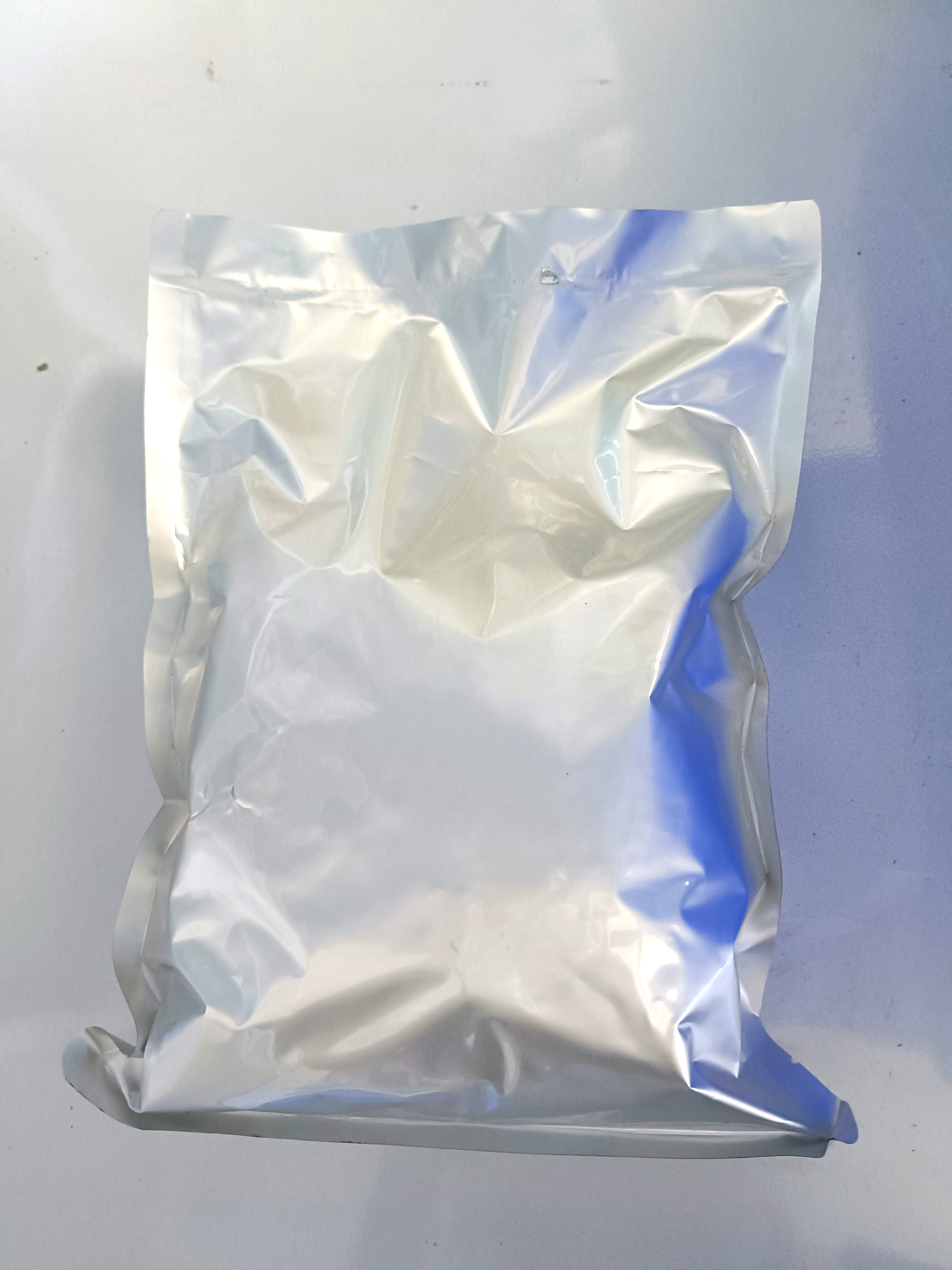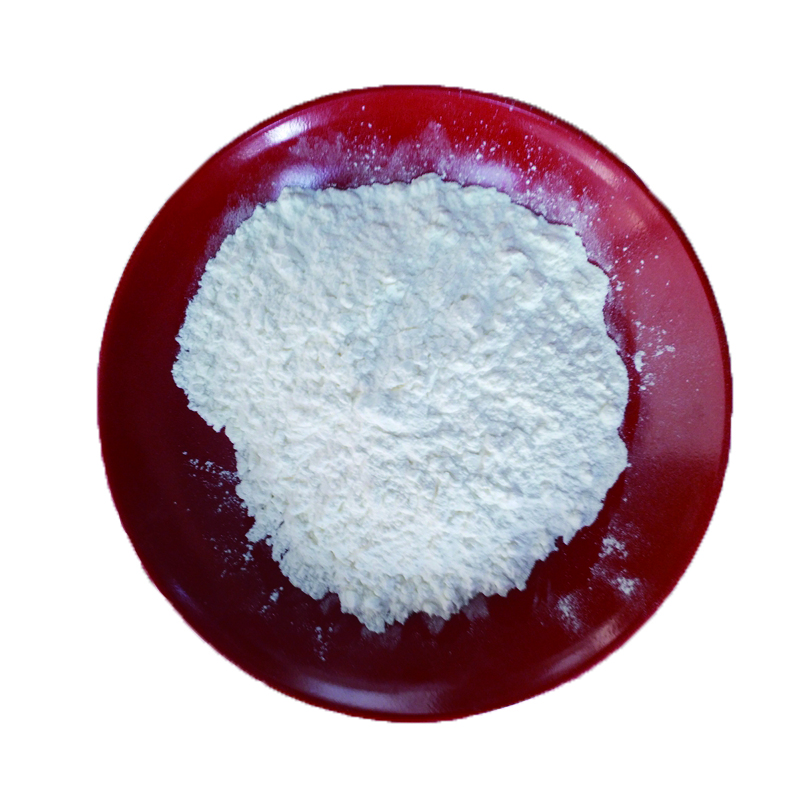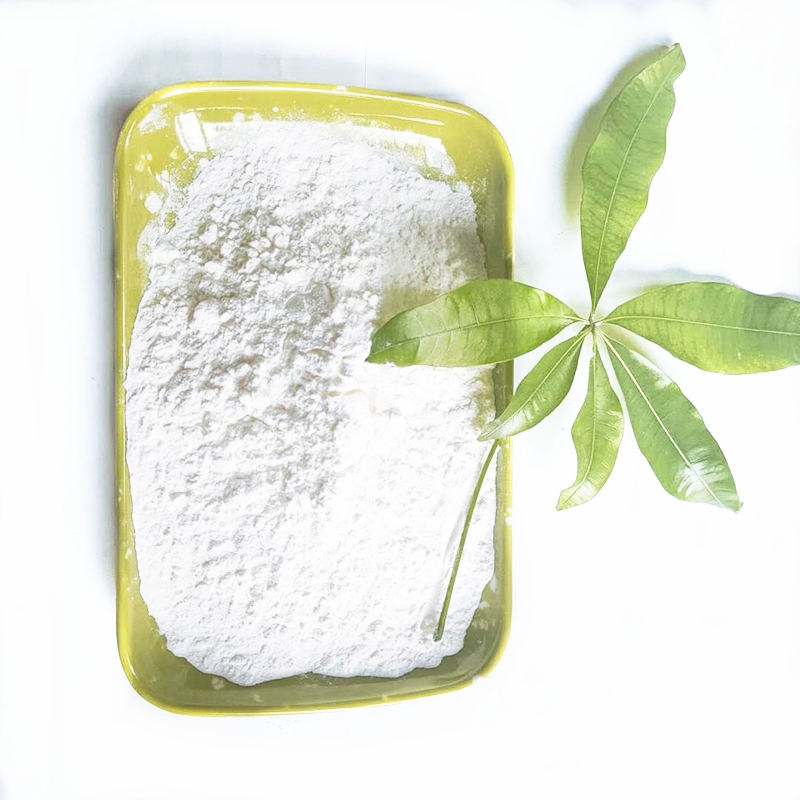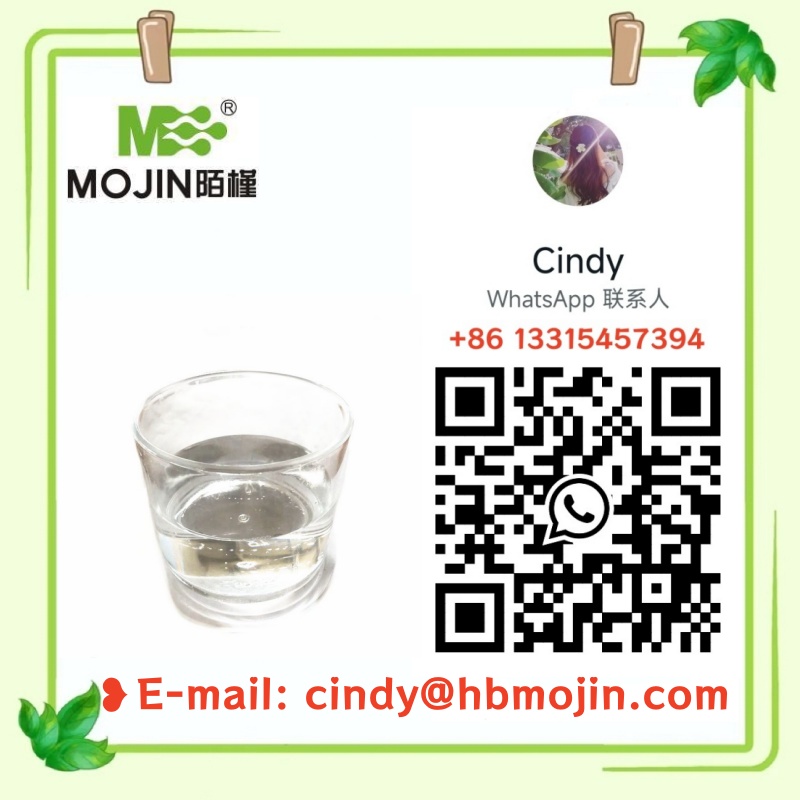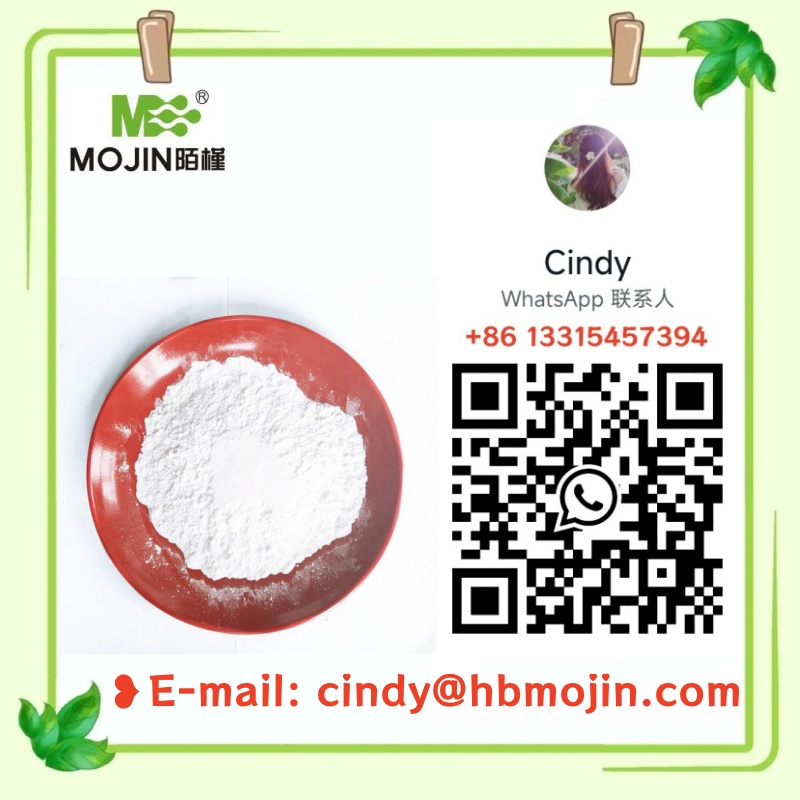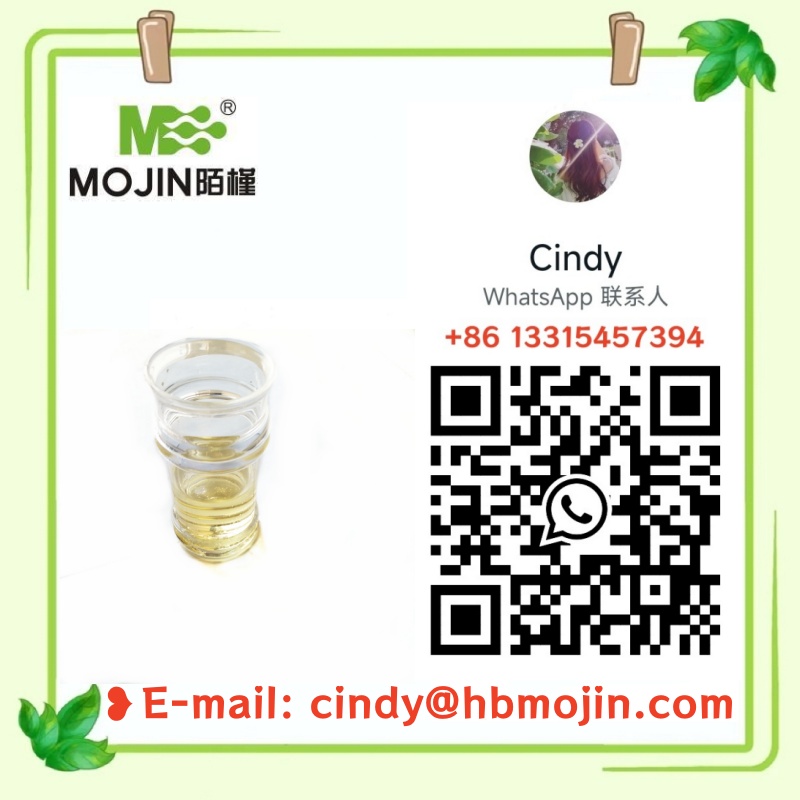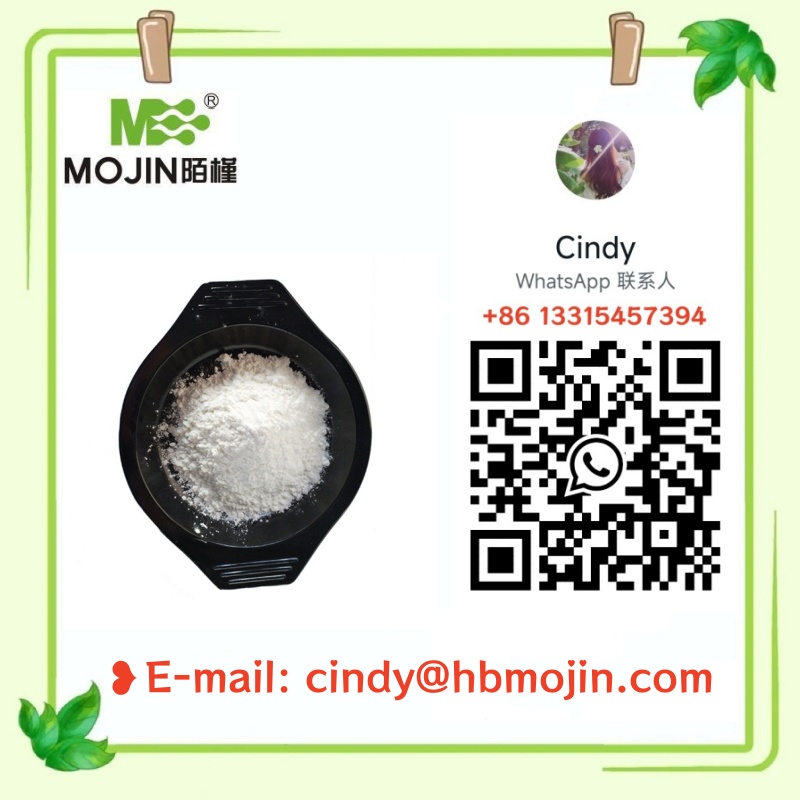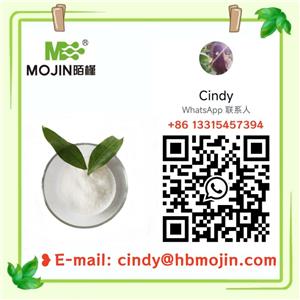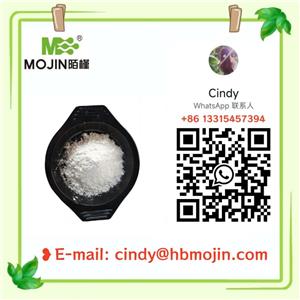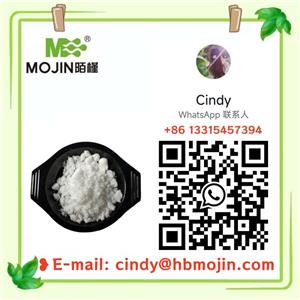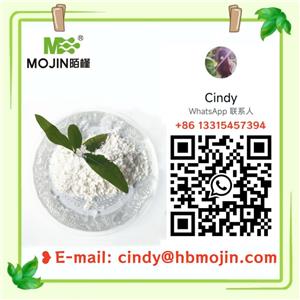White Powder 1,3-Dihydroxyacetone CAS 96-26-4

White Powder 1,3-Dihydroxyacetone CAS 96-26-4
- Mojin
- China
- In stock
- 50000/month
Chromelin;NSC-24343;Oxantin;Oxatone;Protosol;Soleal;Triulose;Viticolor
1,3-Dihydroxyacetone can be used as artificial tanning agent.
1,3-Dihydroxyacetone (DHA) is a self-tanning agent used in cosmetics designed to provide a tanned appearance without the need for sun exposure.
| 1,3-Dihydroxyacetone Basic information |
| Product Name: | 1,3-Dihydroxyacetone |
| Synonyms: | Chromelin;NSC-24343;Oxantin;Oxatone;Protosol;Soleal;Triulose;Viticolor |
| CAS: | 96-26-4 |
| MF: | C3H6O3 |
| MW: | 90.08 |
| EINECS: | 202-494-5 |
| Product Categories: | Pharmaceutical intermediates;Imidazoles;96-26-4;bc0001 |
| Mol File: | 96-26-4.mol |
 | |
| 1,3-Dihydroxyacetone Chemical Properties |
| Melting point | 75-80 °C |
| Boiling point | 107.25°C (rough estimate) |
| density | 1.1385 (rough estimate) |
| vapor pressure | 0.002-0.33Pa at 20-50℃ |
| FEMA | 4033 | DIHYDROXYACETONE |
| refractive index | 1.4540 (estimate) |
| storage temp. | Store at +2°C to +8°C. |
| solubility | >112.4 mg/mL in DMSO; >5.09 mg/mL in EtOH with ultrasonic |
| pka | 12.45±0.10(Predicted) |
| form | powder |
| color | White |
| Water Solubility | >250 g/L (20 ºC) |
| JECFA Number | 1716 |
| Stability: | Stable. Combustible. Hygroscopic. |
| LogP | -1.95 at 20℃ |
| Surface tension | 68.85mN/m at 1g/L and 20℃ |
| CAS DataBase Reference | 96-26-4(CAS DataBase Reference) |
| NIST Chemistry Reference | 2-Propanone, 1,3-dihydroxy-(96-26-4) |
| EPA Substance Registry System | 2-Propanone, 1,3-dihydroxy- (96-26-4) |
| ,3-Dihydroxyacetone Usage And Synthesis |
| Chemical Properties | Dihydroxyacetone has a characteristic sweet, cooling aroma. |
| Chemical Properties | white powder |
| Occurrence | A derivative of naturally occurring starch |
| Uses | 1,3-Dihydroxyacetone can be used as artificial tanning agent. |
| Uses | These Secondary Standards are qualified as Certified Reference Materials. These are suitable for use in several analytical applications including but not limited to pharma release testing, pharma method development for qualitative and quantitative analyses, food and beverage quality control testing, and other calibration requirements. |
| Uses | 1,3-Dihydroxyacetone (DHA) is a self-tanning agent used in cosmetics designed to provide a tanned appearance without the need for sun exposure. It is also a uV protector and a color additive. As a self-tanning agent, it reacts with amino acids found on the skin’s epidermal layer. Its effects last only a few days as the color it provides fades with the natural shedding of the stained cells. Reportedly, it works best on slightly acidic skin. DHA, when combined with lawsone, becomes an FDA Category I (approved) uV protectant. In 1973, the FDA declared that DHA is safe and suitable for use in cosmetics or drugs that are applied to color the skin, and has exempted it from color additive certification. |
| Definition | ChEBI: A ketotriose consisting of acetone bearing hydroxy substituents at positions 1 and 3. The simplest member of the class of ketoses and the parent of the class of glycerones. |
| Preparation | Usually produced commercially from Bacillus macerans or Bacillus circulans fermentation of starch or starch hydrolysate |
| Taste threshold values | Reported to have a taste threshold value lower than that of sucrose with a detection level of 3.9 to 27 ppm and a recognition level of 11 to 52 ppm. |
| General Description | Dihydroxyacetone (DHA) is a browning ingredient widely used in cosmetics such as sunless tanning formulations. It participates in a chemical staining reaction called Milliard reaction in which it reacts with the amino groups of proteins to result in a mixture of high molecular weight pigments. Pharmaceutical secondary standards for application in quality control, provide pharma laboratories and manufacturers with a convenient and cost-effective alternative to the preparation of in-house working standards. |
| Safety Profile | Mutation data reported. When heated to decompositionit emits acrid smoke and irritating vapors. |
